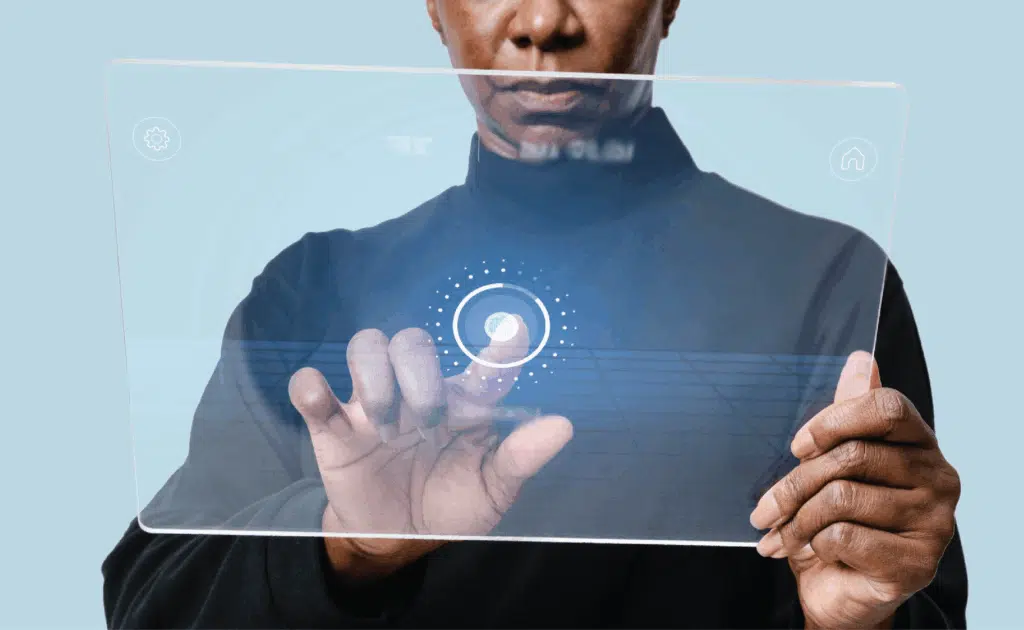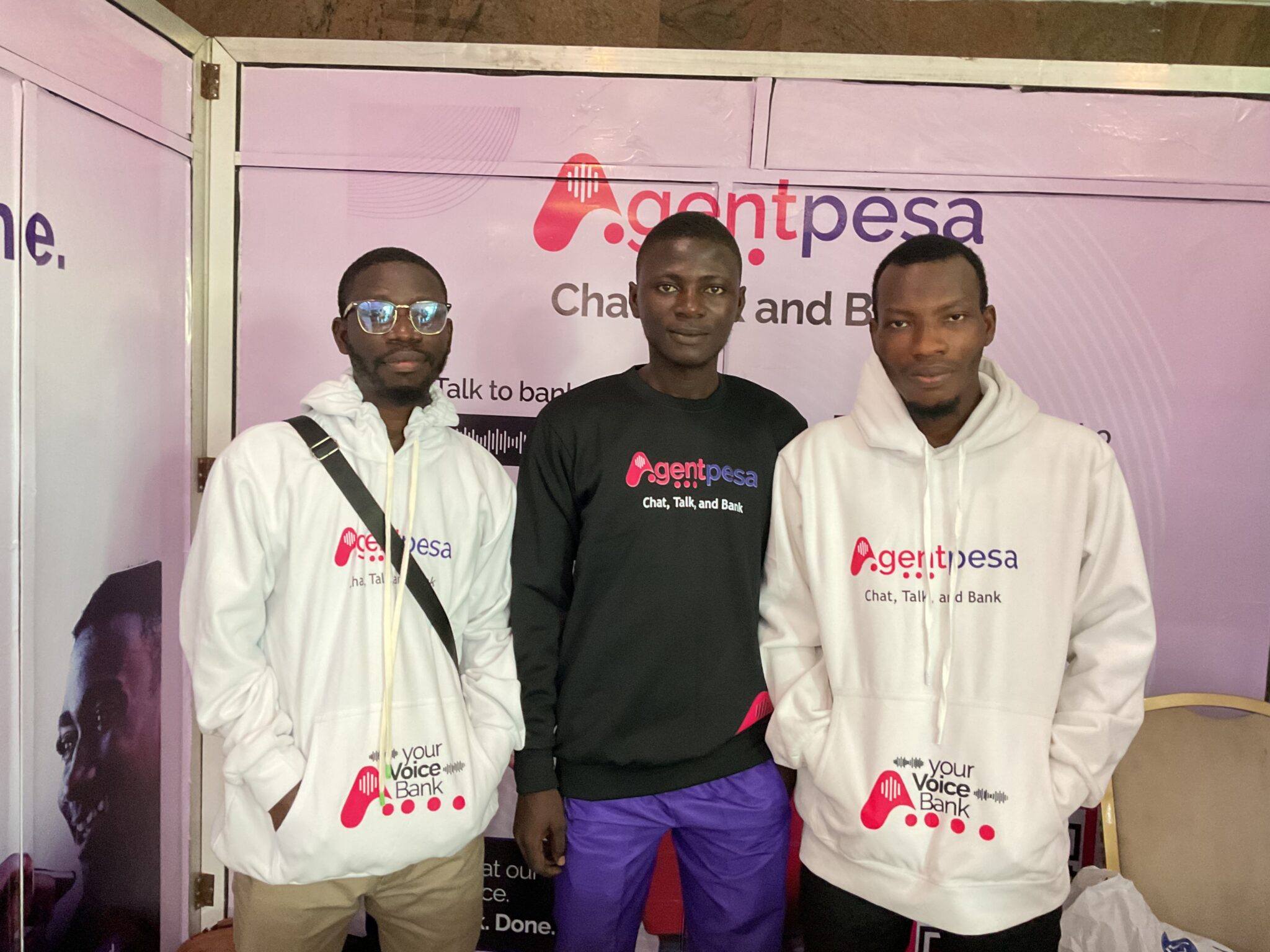The most valuable asset we own today is not stored in a safe, a vault, or guarded behind physical locks. It has no tangible form. It cannot be seen or touched. It is our identity, the sum of our history, our access, our relationships, our credentials, and our presence in the world. And yet, for many individuals and organizations, identity has become one of the least protected assets in their digital ecosystem.
Identity now lives in fragments. A piece sits in your bank. Another with your telecom provider. Others are scattered across government portals, online marketplaces, cloud apps, social platforms, old subscription services, forgotten accounts, and online forms filled out long ago and forgotten.
The result is a world where our identity is replicated across systems we do not control and sometimes, systems we are not aware even exist. Identity has become distributed, copied, stored, processed, and traded across systems that feel both invisible and inevitable.
The shift to digital life has created opportunity, convenience, and access at scale. But it has also introduced a quiet, persistent vulnerability, one that is often noticed only after the damage has already occurred. In this reality, identity theft does not look the way it once did. It is no longer simply the act of stealing personal documents or guessing a password.
Identity theft today happens quietly, gradually, through accumulated exposure. It is enabled by everyday interactions: signing into a website, clicking a link that seems familiar, responding to a request that feels routine, or reusing a password because remembering new ones feels exhausting.
Our digital footprints grow as our attention to them decreases. And it is in this widening space that identity theft thrives.
Identity theft is not a sudden event. It is a process. It happens slowly, across touchpoints, behaviours, systems, and assumptions. And by the time the breach becomes visible, the identity has already been used, altered, or exploited elsewhere.
The subtle evolution of identity theft

Identity was once tied to physical presence. To prove your claim, you showed up in person, with documents, witnesses, and signatures. But the world has shifted. Today, identity has migrated into data; strings of numbers, tokens, patterns, and digital confirmations. It can be stored, duplicated, transferred, and intercepted. This means identity can now be imitated.
A criminal does not need your documents. They only need access to the places your identity touches. They need enough fragments to assemble a convincing version of you. And once that happens, the distinction between the real identity and the stolen one becomes blurred.
This is why some of the most damaging breaches today involve no hacking in the traditional sense. No systems are broken into. No firewalls are breached. The attacker simply walks in using the digital equivalent of the right key; a password, a phone number, a one-time code, a profile that looks legitimate. The system does not question the behaviour because it recognises the identity.
Identity theft is now broader, more subtle, and in many cases, more strategic. Modern identity theft often takes the form of:
- Account Takeover: Someone behaves as you using your credentials, logins, device history, and communication patterns.
- Profile Cloning: A duplicate identity used to deceive others; colleagues, banks, customers, family members.
- Behavioural Impersonation: Mimicking tone, communication style, writing rhythm, and even voice.
- Synthetic Identity Creation: New identities created from fragments of real ones.
This shift matters because security controls built on authentication cannot defend against someone who has successfully become the identity itself.
Why identity theft has become easier

The forces shaping this vulnerability are structural and deeply embedded in digital life.
The first is the explosion of digital footprints. Identity theft has become easier today because of how our digital lives are structured. We now produce an endless trail of data without even realizing it; every purchase we make, every account we register, every form we fill, every app we sign into, every photo or opinion we post online leaves behind fragments of who we are. Individually, each fragment appears harmless, almost insignificant. But when combined, these pieces create a surprisingly complete behavioural map of our identity.
The second is the commercialisation of breached data. Identity has become a commodity bought, sold, traded, and circulated across global networks of cybercriminal markets. When one platform experiences a breach, the exposure does not stay contained. A password leaked from a long-abandoned account can suddenly unlock access to a bank profile or corporate system. A single compromised detail can cascade into multiple vulnerabilities.
This is why identity theft rarely happens in a dramatic, singular moment. It rarely looks like a sudden loss. Instead, it happens slowly, almost invisibly, accumulating over months or even years. Identity is not stolen, it leaks. Piece by piece. Layer by layer. Until one day, someone else can convincingly become you.
The modern landscape of identity theft is not defined by aggression, but by patience and pattern recognition. The more we live, transact, communicate, and express ourselves online, the more the concept of “identity” transforms from something personal and contained to something distributed, stored, and exposed. And with that exposure comes vulnerability, not because people are careless, but because the systems built to protect identity are still evolving to match the sophistication of those who seek to exploit it.
In this environment, protection becomes less about secrecy and more about strategy. Less about hiding data and more about managing its footprint. Identity cannot realistically be removed from the digital world, but it can be defended. The challenge is understanding that identity today is not a single asset, but a network of interconnected signals, and securing identity means securing the ecosystem surrounding those signals.
The emotional and structural cost of identity theft

When identity is compromised, the consequences are far-reaching. For an individual, the first impact is emotional. There is an immediate sense of invasion; the feeling that something deeply personal has been violated. The fear is not just about financial loss; it is about the loss of control. Who is out there acting in your name? What decisions are they making? What doors are they opening or closing using your identity?
For organisations, the stakes are reputational and structural. Identity theft erodes trust, and trust is the foundation of digital commerce, finance, communication, and customer relationships.
A breach involving identity does not simply result in monetary fraud. It results in a breakdown of confidence; the sense that an institution no longer has the ability to protect the people it serves. When a customer’s identity is misused, they do not blame the criminal. They blame the organisation that failed to protect their sense of identity.
Trust lost at this level is extraordinarily difficult to rebuild. Reputation cannot be patched with refunds or statements. The damage is internal, psychological, and relational.
Why traditional security is failing
A major reason identity theft has surged is that many security systems still treat identity as static, something confirmed once and assumed true thereafter. Passwords, security questions, OTPs, and even some biometric checks operate on the premise that identity is constant, consistent, unchanging. But identity in the digital age is dynamic. It shifts with behaviour, context, device usage, networks, and patterns over time.
Authentication tells the system who someone claims to be. Behaviour reveals who someone actually is. If identity can be stolen, copied, or automated, then authentication alone cannot be considered sufficient security.
This is the pivot the cybersecurity industry must now confront. The real shift is not just technological, it is conceptual. Security is no longer about building stronger digital walls. It is about understanding patterns, anomalies, and behavioural signals. Identity cannot be verified only at the point of entry. It must be observed continuously.
A behavioural view of identity: The platview perspective
At Platview Technologies, the approach to identity security is grounded in the recognition that identity is not a single point of truth, but a living pattern. Instead of relying solely on credentials, the focus shifts to behavioural and contextual understanding of how a legitimate user behaves across time, platforms, and contexts. Identity is known through familiarity, not just confirmed through credentials.
This shift moves organisations from reactive protection to proactive resilience. Identity is not merely defended, it is monitored, understood, and continually verified. And when identity protection becomes continuous rather than episodic, attackers lose their greatest advantage: invisibility.
Building a culture of identity awareness
Identity protection is not simply a technical function; it is a cultural one. Individuals must begin to treat identity the same way they treat financial assets: with intention, caution, and boundaries. This means being conscious of what information is shared, which platforms are trusted, and when something feels unusual.
For organisations, identity protection must be seen as strategic, not optional, not auxiliary, not a checkbox for compliance. It must be embedded in governance, training, system architecture, customer experience, and executive oversight. A system that recognises identity only at login is already behind the threat.
The future of security begins with identity
We now live in a world where systems recognise us before people do. Every access, authorisation, and verification relies on identity first. This means that identity is now the primary security perimeter; the first point of attack, and the most valuable digital asset to protect.
The question is no longer whether identity theft will continue to rise because it will. It is whether individuals and organisations will adapt quickly enough to protect identity where it now lives, in the silent architecture of digital life. Identity is not just personal. It is structural. It is the foundation of trust in a digital world. And protecting identity is no longer an optional layer of security. It is the core of leadership.
This is the moment for organisations to rethink how identity is managed and protected. Security can no longer be reactionary or fragmented, it must be intentional, proactive, and continuous. The organisations that will thrive in this era are those that recognise identity as the new security perimeter and build systems that safeguard it at every touchpoint.
At Platview Technologies, we help businesses strengthen identity protection from the ground up through intelligent monitoring, early threat detection, breach exposure analysis, and digital identity defense strategies that stay ahead of evolving attacks. If your organization is ready to take identity security seriously to reduce risk, reinforce trust, and secure the core of your digital environment, we are ready to support that journey.
Reach out to us at info@platview.com or +234 8165575519, or visit https://platview.com/. Let’s protect your identity, your business, and the trust you stand on.





